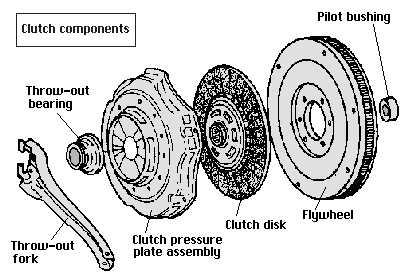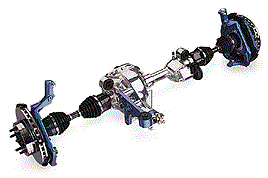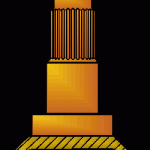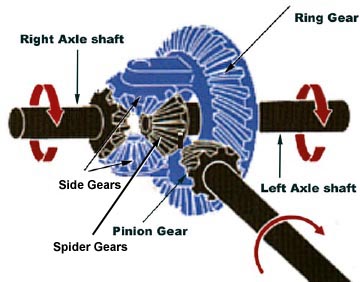The clutch allows engine power to be applied gradually when a vehicle is starting out, interrupts power to the transmission to avoid gear clashing when shifting and prevents engine stalling when bringing the vehicle to a stop. Engaging the clutch (clutch pedal fully raised) allows power to transfer from the engine to the transmission and drive wheels. Disengaging the clutch (clutch pedal fully depressed) stops the power transfer and allows the engine to continue turning without force to the drive wheels.
Common clutch-related components are:
- Flywheel – mounts to the engine crankshaft
- Clutch Disk – the friction material assembly that provides easy engagement and firm torque transference
- Pressure Plate – also known as “Clutch Cover” – this is the spring-loaded surface that locks the clutch
- Throw-out Bearing – also known as “Release Bearing”
- Pilot bearing –centers and supports the transmission input shaft (many cars do not have this bearing)
- Clutch Cable – mechanical release mechanism for some vehicles
- Clutch Master Cylinder – force-multiplying cylinder for vehicles with hydraulic release mechanisms
- Clutch Slave Cylinder – used along with a Master Cylinder for hydraulic release mechanisms
- Misc. hoses, lines, brackets, linkages, etc. – varies from vehicle to vehicle







